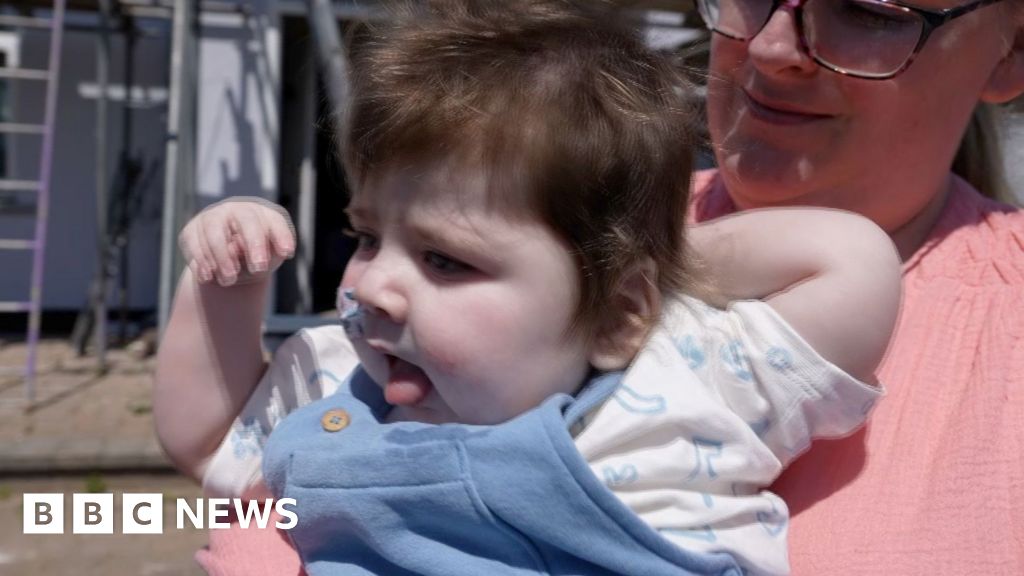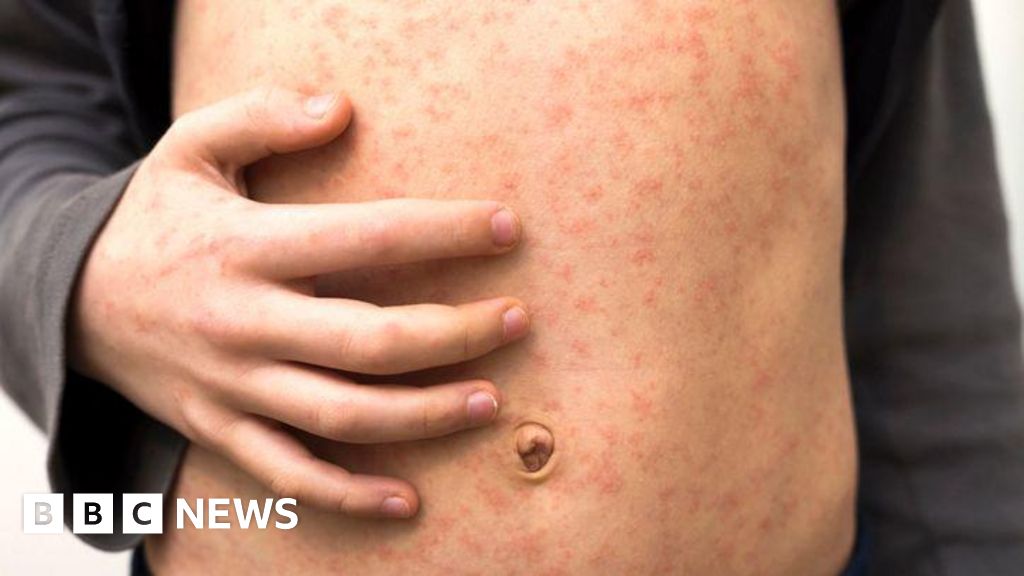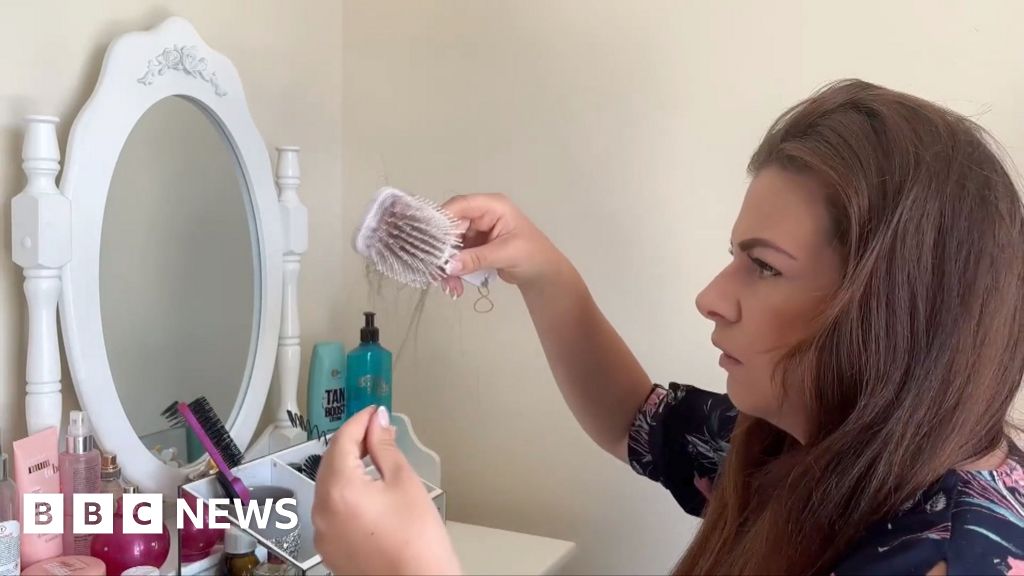ARTICLE AD BOX
By Michelle Roberts
Health editor, BBC News online
Image source, Chris Curry/Getty
Scientists believe they can explain why some people who catch Covid develop chilblain-like lesions on their toes and even fingers.
Covid toe appears to be a side effect of the body switching into attack mode to fight off the virus.
The researchers say they have pinpointed the parts of the immune system that appear to be involved.
The findings, in the British Journal of Dermatology, may help with treatments to ease the symptoms.
What is Covid toe?
It can happen at any age, but affects children and teenagers more commonly.
For some it is painless, but the rash can be extremely sore and itchy, with tender blisters and swelling.
Sofia, who is 13 and from Scotland, was barely able to walk or wear shoes when she developed Covid toe earlier this year.
Over the summer, she told BBC Scotland's The Nine how she relied on a wheelchair for longer walks.
The affected skin - usually the toes, but sometimes the fingers - can look red or purple. Some people develop painful raised bumps or areas of rough skin. There can also be pus.
Some have it for months, others for weeks.
Often, they will have none of the classic Covid symptoms, such as the persistent cough, fever and loss or change in smell or taste.
Why does it happen?
These latest study findings, based on blood and skin tests, suggest two parts of the immune system may be at play.
Both involve mechanisms the body uses to fight coronavirus.
One is an antiviral protein called type 1 interferon, and the other is a type of antibody that mistakenly attacks the person's own cells and tissues, not just the invading virus.
Cells lining small blood vessels supplying the affected areas are also involved, say the investigators from the University of Paris, France.
The researchers studied 50 people with suspected Covid toe in the spring of 2020, and 13 others with similar chilblains lesions that were not linked to Covid infections, because they occurred long before the pandemic began.
They hope the finds will help patients and doctors better understand the condition.
UK podiatrist Dr Ivan Bristow said, for most - like the regular chilblains typically seen during cold spells and in people who have problems with circulation - the lesions usually go away on their own.
But some may need treatment with creams and other drugs.
"The confirmation of the cause will help to develop new treatments to manage it more effectively," he said.
Dr Veronique Bataille, a consultant dermatologist and spokeswoman for the British Skin Foundation, said Covid toe was seen very frequently during the early phase of the pandemic, but has been less common in the current Delta variant wave.
That might be down to more people being vaccinated or having some protection against Covid from past infections.
"Presentations after vaccination are much rarer," she said.
Covid-related skin problems can appear quite a while after the acute infection and in people who have no other symptoms, so the link with the virus is sometimes not made, she said.

 3 years ago
65
3 years ago
65








 English (US) ·
English (US) ·